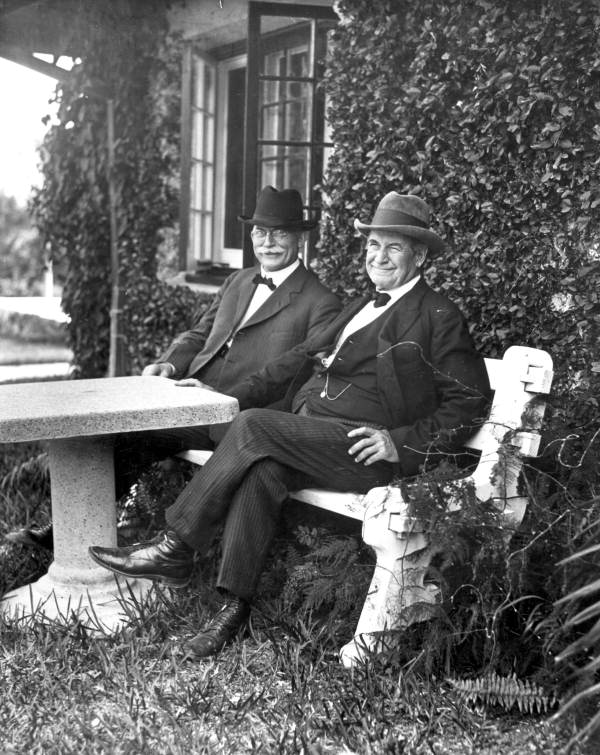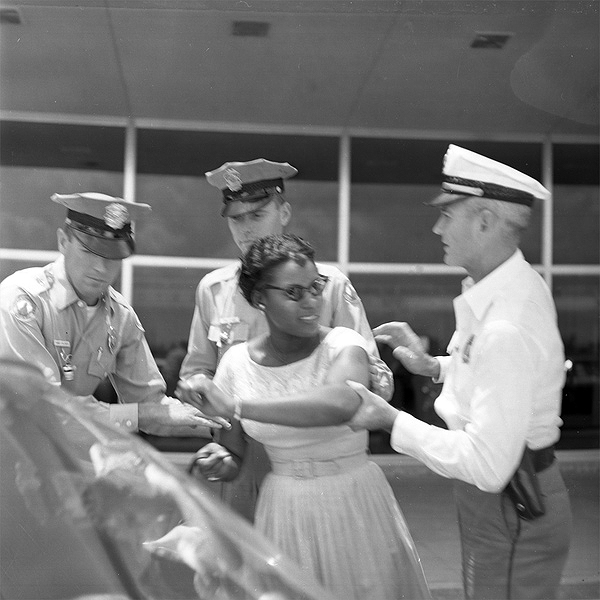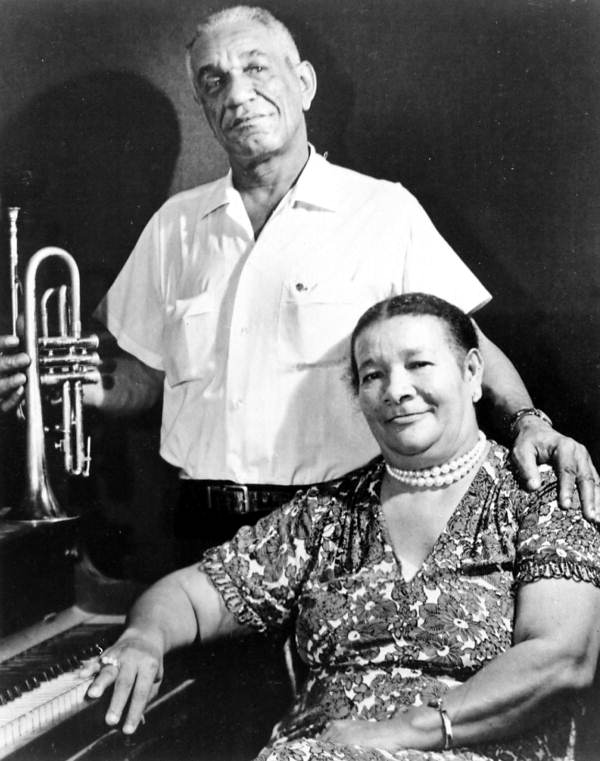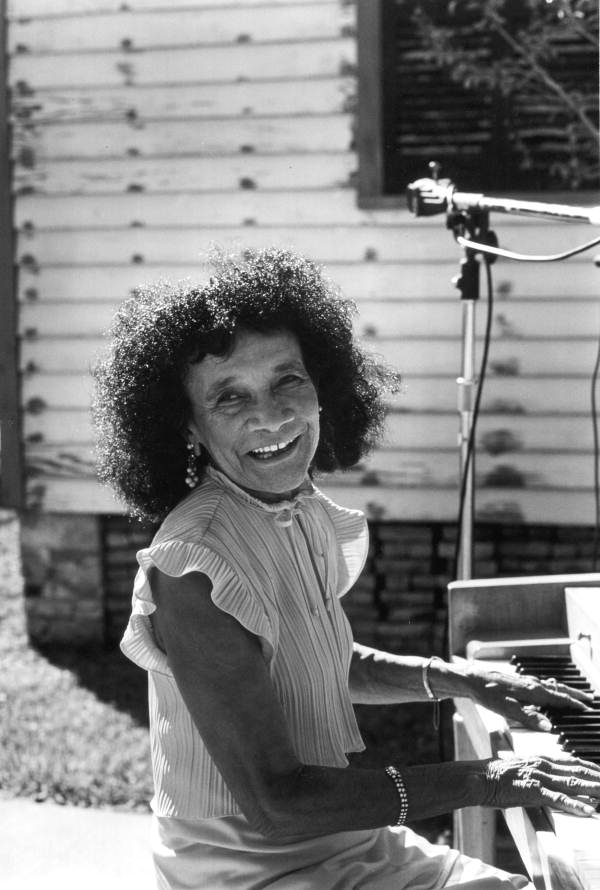Description of previous item
Description of next item
Siblings in Florida
Published April 4, 2017 by Florida Memory
April 10 is National Siblings Day and we’re celebrating with stories about well-known brothers and sisters in Florida.
The Bryan Brothers Come to Florida
In 1913, William Jennings Bryan and his wife, Mary, built their winter home in Miami, Florida, and called it “Villa Serena.” Bryan was at the height of his political career during that year as he had recently been appointed Secretary of State by President Woodrow Wilson. Bryan had served as congressman of Nebraska from 1891-1895, and was the Democratic party’s presidential nominee in 1896, 1900, and 1908, losing each time.
Charles Wayland Bryan helped his older brother, William, with his presidential campaigns before beginning his own career in politics. William relied on Charles to organize his speaking engagements and other campaign activities. The stress of the campaign trail helped the brothers grow closer, and they remained close throughout their lives. Charles was elected as mayor of Lincoln, Nebraska, and governor of Nebraska, both for multiple non-consecutive terms. He served as mayor from 1915-1917 and 1935-1937, and as governor from 1923-1925 and 1931-1935. He was selected as the Democratic party’s nominee for vice president in 1924 but lost the election.
The two-story home of William and Mary was built along Brickell Avenue and was one of many mansions in the area known as “Millionaire’s Row.” But Villa Serena wasn’t the only connection the brothers had to Florida; their cousin William Sherman Jennings served as Florida’s 18th governor. After resigning as secretary of state in 1915 due to disagreements with President Wilson’s foreign policies that led to U.S. involvement in World War I, William and Mary made Villa Serena their permanent residence. As Charles began his political career, he would rely on William for advice. In the photo above, the brothers are seen smiling for the camera at Villa Serena shortly before William’s death. The home still stands and was added to the National Register of Historic Places in 2012.
The Stephens Sisters Fight for Civil Rights
Priscilla Stephens (later Kruize) and Patricia Stephens (later Due) were civil rights activists who fought for equality, especially in Florida. Both sisters were born in Quincy, Florida, and began attending Florida A & M University (FAMU) at the same time in the late 1950s, even sharing a room in the freshman dorm. The sisters grew closer during the summer before their sophomore year when they were introduced to the Congress of Racial Equality (CORE) during a visit with their father in Miami. There they attended their first CORE workshop, learning the skills needed to organize a CORE chapter in Tallahassee. The Tallahassee chapter included students from both FAMU and Florida State University, as well as other people from the community.
Tallahassee CORE began holding nonviolent sit-ins at lunch counters around the city in 1960, and the Stephens sisters became strong leaders in the fight for equality. A sit-in held on Saturday, February 20 at the Woolworth lunch counter included the Stephens sisters and 15 other Tallahassee residents. Priscilla was designated spokesperson for their cause. The activists garnered so much attention for their actions that the mayor came to the counter and asked them to leave. The Stephens sisters and nine other protesters were arrested when they refused. (Read about their experience in jail here.) This would be one of many times that the sisters would be arrested in their fight for civil rights. In the months and years that followed, additional demonstrations and picketing took place at downtown stores and theaters in Tallahassee and elsewhere in Florida. The hard work of the Stephens sisters and others activists eventually led to the passage of landmark civil rights legislation like the Civil Rights Act of 1964. For decades after the sit-ins, both Priscilla and Patricia continued to speak out against racial inequality.
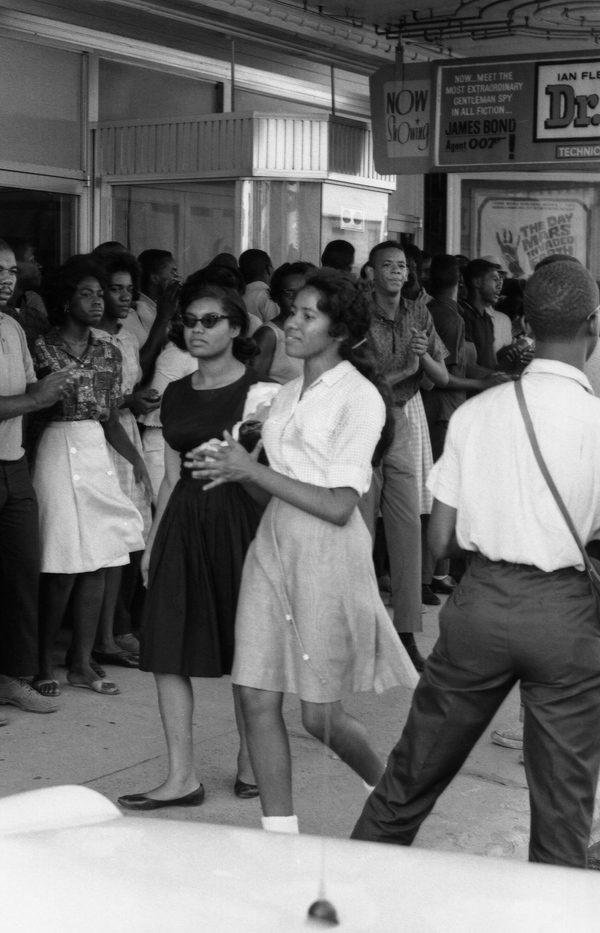
Patricia Stephens Due, foreground in black dress, picketing with others at the State Theatre in Tallahassee, May 29, 1963.
The Goodson Sisters Make Music
Raised in Pensacola, Florida, all six of the Goodson daughters pursued careers as blues and jazz pianists. The strict Goodson household encouraged the girls, Mabel, Della, Sadie, Edna, Wilhelmina and Ida, to learn music from an early age for the purpose of performing at church. As teenagers, the young women expanded their musical interests and began performing jazz and blues throughout the South with famous musicians.
Wilhelmina, known professionally as Billie Pierce, began playing piano professionally as a teenager. In the early 1920s, she accompanied famous blues singer Bessie Smith and performed in the bands of George Lewis and Alphonse Picou. During the 1930s in New Orleans, Pierce met trumpeter De De Pierce. They married in 1935 and continued to play together for the rest of their lives. It was at Preservation Hall in the French Quarter in 1961 that the Pierce’s gained international attention and solidified their place in music history.
Ida Goodson was the youngest of the sisters and a 1987 Florida Folk Heritage Award recipient. In the late 1920s, Ida was the accompanist at the Belmont Theater in Pensacola, the city’s main black music hall, and followed in the footsteps of Wilhelmina as accompanist for Bessie Smith. In the early 1980s, the Florida Folklife Program began the Ida Goodson Recording Project, which includes a collection of recordings and photographs of Goodson later in her life. The second interview of that project is digitized and available below:
Download: MP3
Download: MP3
Download: MP3
Selected bibliography:
“Billie Pierce.” Music Rising at Tulane. http://musicrising.tulane.edu/discover/people/259
Due, Tananarive and Patricia Stephens Due. Freedom in the Family: A Mother-Daughter Memoir of the Fight for Civil Rights. New York: Ballantine Books, 2003.
“Ida Goodson.” Florida Division of Historical Resources. http://dos.myflorida.com/historical/preservation/florida-folklife-program/folk-heritage-awards/list-of-past-recipients/ida-goodson/
“National Register of Historic Places Program, WeeklyHighlight: William Jennings Bryan House, Miami-Dade County, Florida.” National Park Service. https://www.nps.gov/nr/feature/weekly_features/12_01_27_williamjenningsbryanhouse.htm
Osnes, Larry. “Charles W Bryan: ‘His Brother’s Keeper.’” Nebraska History 48 (1967): 45-67.
Cite This Article
Chicago Manual of Style
(17th Edition)Florida Memory. "Siblings in Florida." Floridiana, 2017. https://www.floridamemory.com/items/show/326629.
MLA
(9th Edition)Florida Memory. "Siblings in Florida." Floridiana, 2017, https://www.floridamemory.com/items/show/326629. Accessed December 5, 2025.
APA
(7th Edition)Florida Memory. (2017, April 4). Siblings in Florida. Floridiana. Retrieved from https://www.floridamemory.com/items/show/326629

 Listen: The Assorted Selections Program
Listen: The Assorted Selections Program